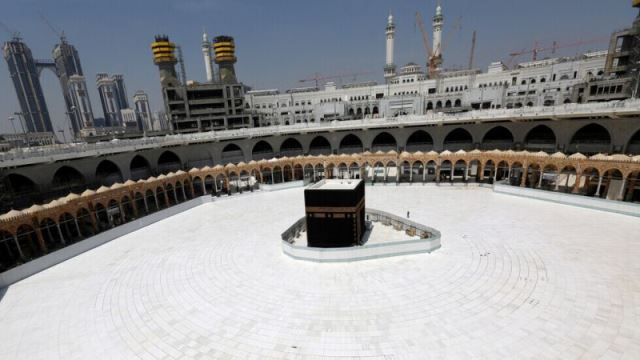.jpg)
Cairo "ALmasalla Travel News" -The Leaning Tower in Italy is protected by UNESCO. But iconic Mount Rushmore in South Dakota and Niagara Falls in New York is not.
In recent years, long-standing and popular tourist attractions have increasingly come under the protection — and also have been left unprotected — by UNESCO’s naming of World Heritage Sites.
Just what is UNESCO and what does it do have become timely questions recently with many such attractions having problems because of their very popularity with tourists.
It might be called a deadly love affair.
Machu Picchu, the Italian city of Venice and even a tiny town in Japan have all been threatened by hordes of tourists who inevitably bring with them chain hotels and fast food restaurants that unintentionally destroy their allure.
The dark side of popularity is "consumption," said Francesco Bandarin, head of the World Heritage Center. "Consumption and preservation do not go together."
Sites that become popular also sometimes become inundated by a "flood of tourism and geysers of money," he told the New York Times.

UNESCO (the United Nations Educational, Scientific and Cultural Organization) was set up to handle the less savory aspects of mass travel to many widely-known tourist sites.
What is UNESCO and its World Heritage designation?
It was first set up in 1972 with the idea to preserve the US national park system, "Which was set up to defend a wild landscape before it disappeared," writes the Times.
In 2003, a more controversial group was set up to defend less tangible sites than national parks and natural attractions such as Niagara Falls. That was the Convention for the Safeguarding of Intangible Cultural Heritage designation. The problem with that has been to adequately define what is "intangible," which has led to some controversy.
Author Alonzo C. Addison in his book "Disappearing World: The Earth’s Most Extraordinary and Endangered Places" writes that UNESCO arranges sites in various degrees of distress. These range from conflict to theft, pollution, and perhaps the most obvious, tourism.
"The world is more global and some sites can’t deal with all the tourists," he told the Times.
Three years ago, the small town of Omori in Japan (population: 400) was inundated with hundreds of thousands of tourists when it began to be "discovered" by visitors eager to find the latest "in place." One resident reported waking up to find three tourists relaxing on a sofa in his home.
Oddly enough, the UNESCO designation includes some oddities such as the Bikini Atoll Nuclear Test Site in the Marshall Islands.
Critics cite the oddity or the incongruity of a site that led to mass destruction in a list of places most people want to preserve.
" Travelmole"By David Wilkening








